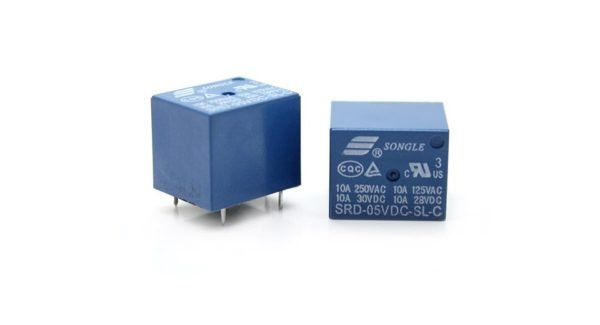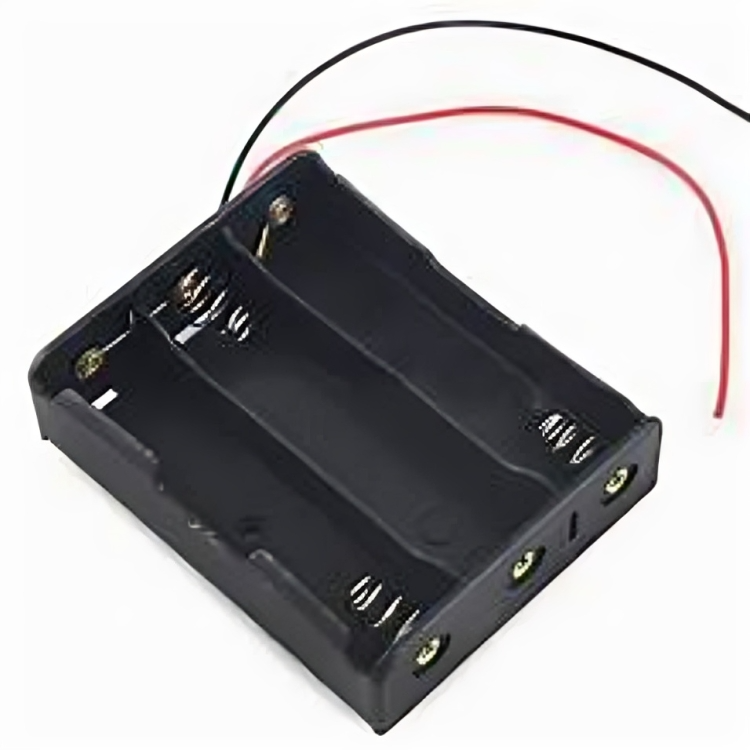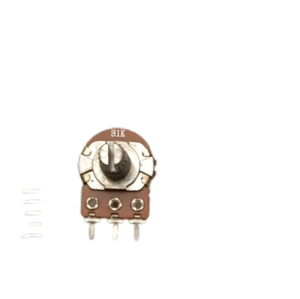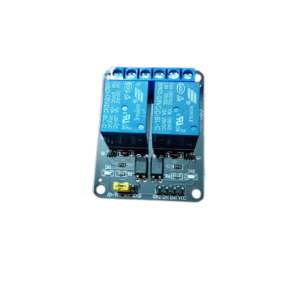Jumper Wires male to female (point to dot)
₨200.00
Jumper Wires Male to Female
<p>In IoT development, jumper wires male to female are vital for connecting microcontrollers, sensors, and actuators without soldering. These flexible and reusable wires enable seamless communication between components, making prototyping and testing more efficient. Commonly used in smart home automation, industrial monitoring, and wearable technology, they allow quick modifications and troubleshooting. Moreover, their availability in various lengths and colors simplifies circuit organization. Overall, jumper wires male to female enhance flexibility, speed up development, and ensure reliable connections, making them indispensable for IoT projects.
Description
Introduction of Jumper wires male to female
In the rapidly growing field of the Internet of Things (IoT), efficient and flexible wiring solutions are essential for seamless device communication. Jumper wires male to female play a crucial role in connecting various electronic components, such as microcontrollers, sensors, and actuators, without the need for soldering. Moreover, these wires simplify prototyping, allowing developers to experiment, test, and modify circuits effortlessly. As a result, they are widely used in IoT applications, including smart home automation, industrial monitoring, and wearable technology. By enabling reliable and quick connections, these wires contribute significantly to the success of IoT product development.
Role in IoT Devices of Jumper Wires Male to Female
In the world of IoT, an innovative product like a smart home automation system heavily relies on these wires seamless connections. Specifically, these wires serve as the bridge between sensors, actuators, and microcontrollers (such as Arduino or Raspberry Pi). Consequently, they enable smooth communication between different components, ensuring efficient data transfer and precise device control. Moreover, by using it, developers can quickly prototype and modify their circuits without the need for permanent connections. As a result, IoT systems become more adaptable, allowing for easy troubleshooting and upgrades.
Applications in IoT of Jumper Wires Male to Female
- Connecting between a DHT11 temperature sensor and an Arduino to monitor room temperature.
- Linking an IoT Wi-Fi module (ESP8266) using these wires for wireless data transmission.
- Using jumper wires to connect a motion sensor to a smart security system
.
Advantages of Jumper Wires Male to Female
- Easy to Use – No soldering required, making connections simple and hassle-free.
- Reusable – Ideal for prototyping and testing, as they can be used multiple times.
- Flexible & Versatile – Compatible with various microcontrollers, sensors, and modules.
- Quick Circuit Modifications – Allows easy changes without permanent wiring.
- Available in Different Lengths & Colors – Helps with circuit organization and troubleshooting.
- Reliable Connections – Ensures stable and efficient data transfer between components.
- Cost-Effective – Affordable solution for electronic and IoT projects.
- Widely Used in IoT & Embedded Systems – Essential for smart home devices, robotics, and industrial applications.
Visit our website Ampflick for more products.
You can also visit our Instagram and Facebook for latest update
Only logged in customers who have purchased this product may leave a review.
Related products
-
Relay Module 2 channel
- ₨250.00
- Add to cart







Reviews
There are no reviews yet.